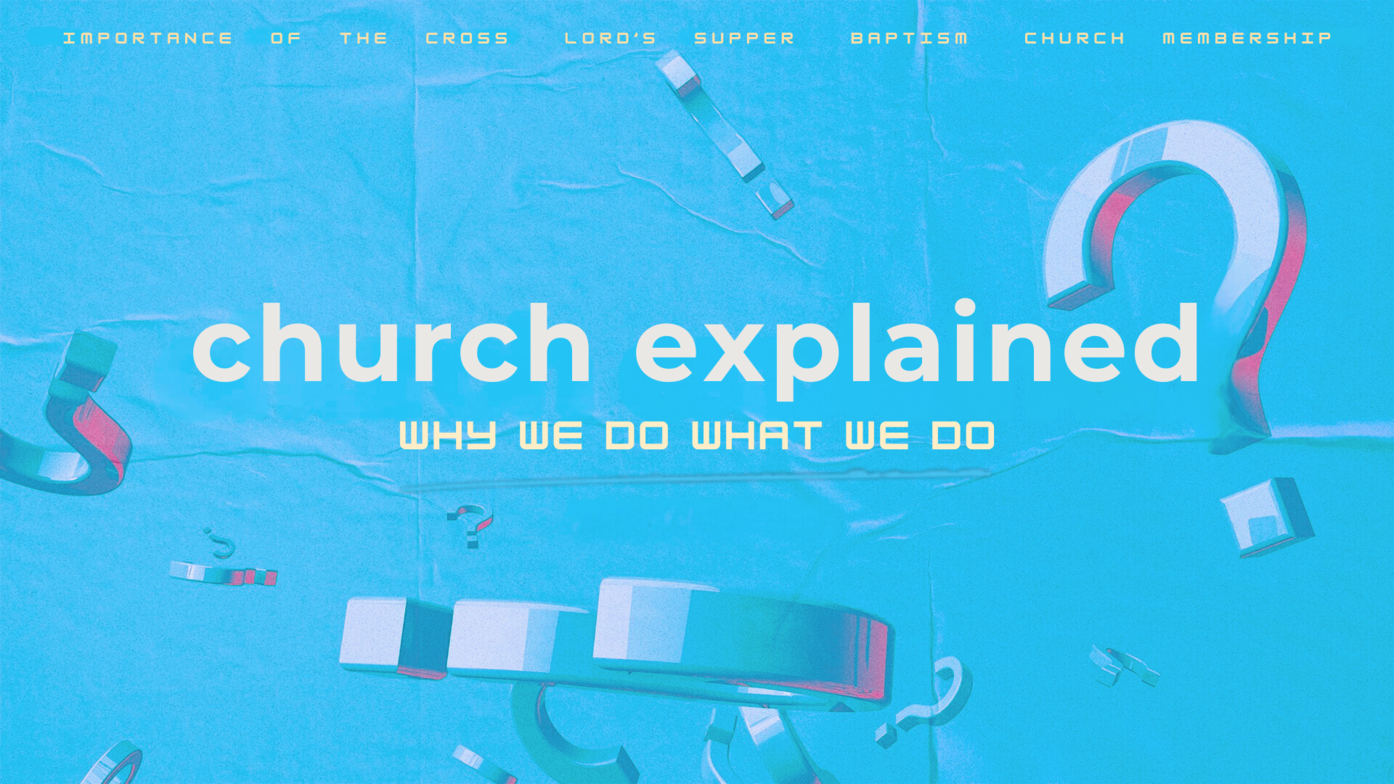
When was the last time your family gathered around a table? Perhaps it was to celebrate a college acceptance letter, a birthday, or a holiday. There's something special about meals that pulls us together. Around a table, we laugh, connect, tell stories, and belong. When you invite someone to your table, you're inviting them into relationship.
This significance of meals isn't just a modern concept—it spans all of history. In ancient Mesopotamian culture, formal agreements between two parties involved an oath, a sacrifice, and concluded with a celebratory meal. The meal sealed the deal, marking the beginning of fellowship between the parties.
How Are Meals Connected to Covenants in the Bible?
This cultural practice appears throughout Scripture. In Genesis 26, Isaac and Abimelech resolved their disagreement with a covenant of peace, sealed with a meal. In Genesis 31, Jacob and Laban established boundaries and celebrated with a feast. David and Jonathan's covenant of friendship in 1 Samuel 20 was surrounded by feasts.
But this pattern extends beyond human relationships to our relationship with God. When God enters into covenant with humans, meals often play a significant role:
-
In Genesis 18, when God confirmed His covenant with Abraham about becoming a mighty nation, Abraham prepared a feast for the Lord.
-
In Exodus 24, after giving the Ten Commandments, Moses and the elders of Israel "saw God, and they ate and drank" to celebrate the covenant.
Why Did God Institute Feasts for Israel?
God often used meals to help the Israelites remember His provision, protection, and promises. He instituted several feasts throughout the year:
-
The Feast of Tabernacles (or Booths)
-
The Feast of Weeks
-
The Feast of Unleavened Bread
Perhaps the most significant was the Passover meal, commemorating God's rescue of Israel from Egypt. During the tenth plague, each Israelite household sacrificed a lamb and placed its blood on their doorposts so the angel of death would "pass over" their home. This meal has been celebrated annually ever since, even today as the Seder meal.
The Passover is rich with symbolism:
-
The lamb represents the sacrifice that saved them
-
Unleavened bread symbolizes their hasty escape and purity
-
Four cups of wine connect to God's promises in Exodus 6: "I will bring you out," "I will deliver you," "I will redeem you," and "I will take you to be my people"
How Did Jesus Transform the Passover Meal?
When Jesus gathered with His disciples in the upper room, they were celebrating this familiar Passover meal. But Jesus did something revolutionary—He took the familiar elements and gave them new meaning.
In Matthew 26:26-29, Jesus took the bread, which traditionally symbolized God's provision, and said, "This is my body broken for you." He was saying, "I am God's provision for you."
Then He took the cup, which represented the blood of the lamb that saved them from death, and said, "This is my blood of the new covenant which is poured out for many for the forgiveness of sins." Jesus was declaring, "I am the lamb, and through my sacrifice, I save you from death."
Jesus didn't abolish the Passover; He fulfilled it. He took this remembrance meal of God's provision throughout history and said, "I am the fulfillment of all those promises."
What Is the New Covenant Jesus Established?
Through His death and resurrection, Jesus ushered in the new covenant that the prophets had foretold—a covenant written not on tablets of stone but on our hearts. A covenant where God Himself would be present among us.
Paul writes about this in 1 Corinthians 11:23-26, instructing believers to continue this practice: "For whenever you eat this bread and drink this cup, you proclaim the Lord's death until he comes."
The Lord's Supper has three dimensions:
-
Looking back - We remember what Jesus did on the cross as our sacrificial lamb
-
Present unity - We come together as believers united around the Lord's table as family
-
Looking forward - We anticipate Christ's return and the future marriage supper of the Lamb
What Is the Marriage Supper of the Lamb?
In Revelation 19, we see a description of the marriage supper of the Lamb—a picture of all God's people from every tribe, tongue, and nation gathered around His table. It's like a wedding banquet celebrating the union of Christ and His bride, the church.
When we take the Lord's Supper now, it's a foretaste of that future banquet—an appetizer before the main course. If the Lord's Supper is like an engagement dinner pointing to what's to come, the marriage supper with the Lamb in heaven is the wedding reception—the full celebration.
Life Application
When we participate in the Lord's Supper, we're stepping into the grand story of Scripture—the story of God's covenant meals throughout history, His deliverance of His people, and Jesus as the ultimate fulfillment of the sacrificial lamb.
As you hold the bread and cup, remember you're holding symbols of God's greatest covenant promise. These elements help us:
-
Remember the cross and what Jesus has done
-
Draw together in covenant faithfulness as a family
-
Look forward to the future banquet in glory
Questions to Consider:
-
How does understanding the historical context of covenant meals deepen your appreciation for the Lord's Supper?
-
In what ways might you be treating communion as routine rather than a meaningful remembrance?
-
How does the anticipation of the marriage supper of the Lamb change your perspective on your daily walk with Christ?
-
This week, how can you live in light of the covenant relationship Jesus established with you through His blood?
The next time you participate in communion, don't just go through the motions. Gaze at the "Son of suffering" and thank Him for His blood and sacrifice. Remember that you are part of God's covenant people, redeemed by the blood of the Lamb and awaiting the great celebration to come.